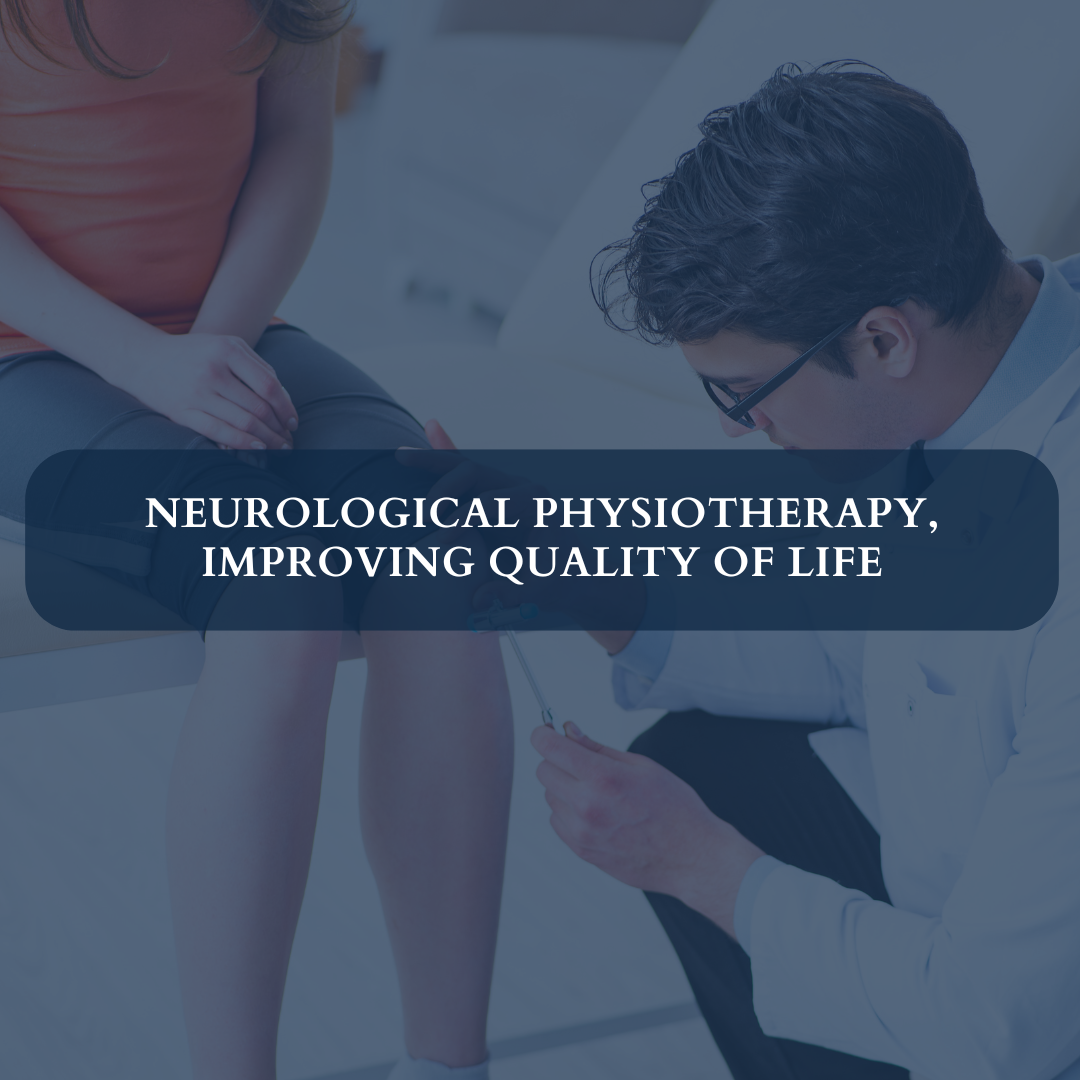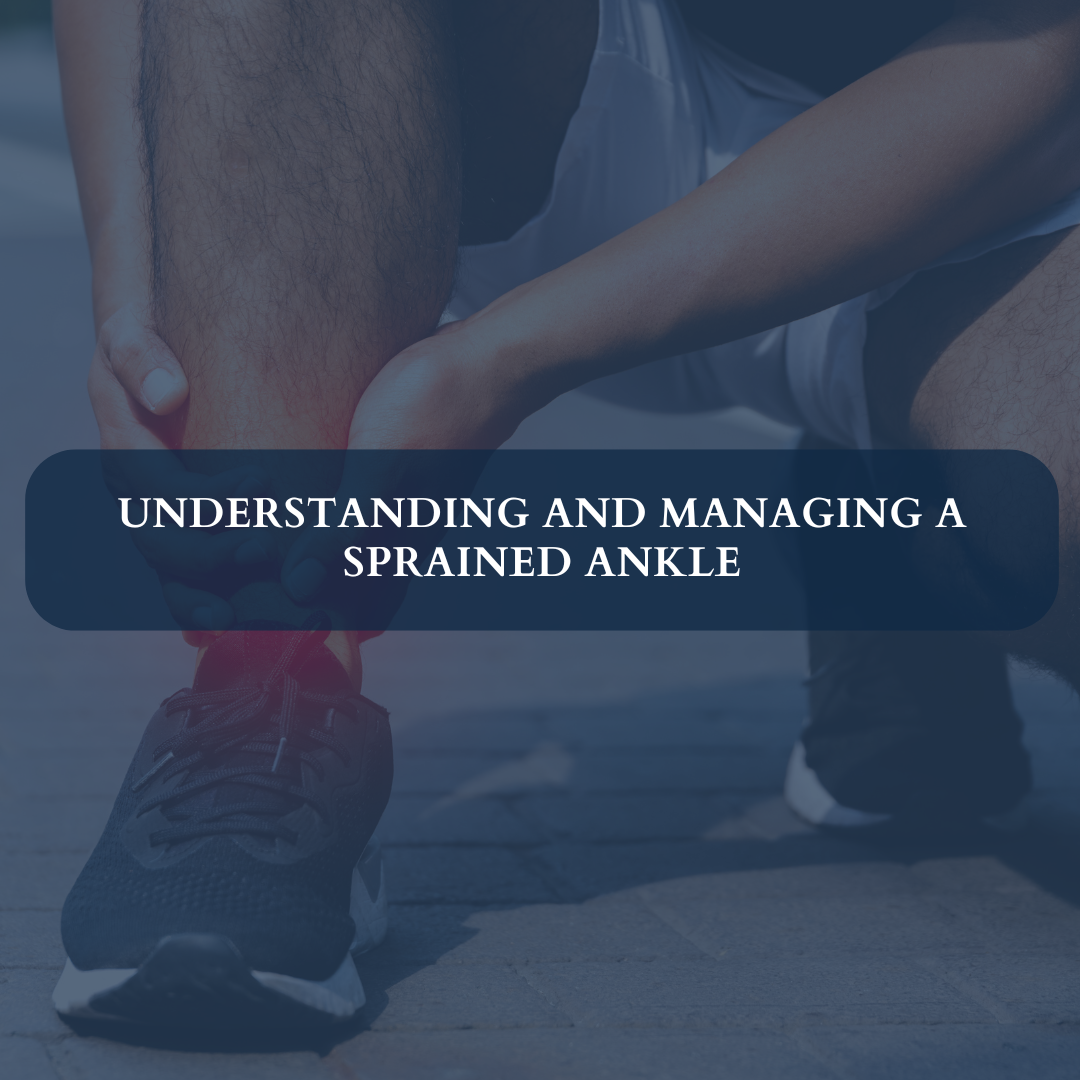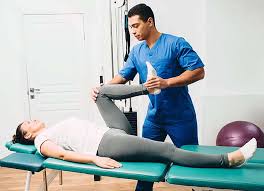Are you an athlete looking to enhance your performance and achieve your peak physical condition? Incorporating physiotherapy and fitness into your regimen can be the game-changer you’ve been searching for. In this comprehensive guide, we’ll delve into how physiotherapy and fitness work hand in hand to optimize athletic performance, prevent injuries, and expedite recovery.
Understanding Physiotherapy
Physiotherapy, also known as physical therapy, focuses on improving movement and function through various techniques and exercises. Physiotherapists are trained professionals who assess and treat a wide range of musculoskeletal issues, including injuries, stiffness, and weakness. By targeting specific areas of concern, physiotherapy aims to restore mobility, reduce pain, and enhance overall physical well-being.
Benefits of Physiotherapy for Athletes
- Injury Prevention: One of the primary goals of physiotherapy is to identify and address potential areas of weakness or imbalance before they lead to injury. Through targeted exercises and corrective techniques, athletes can reduce the risk of common sports-related injuries such as strains, sprains, and overuse injuries.
- Enhanced Performance: By optimizing movement patterns and biomechanics, physiotherapy can help athletes perform at their best. Whether it’s improving flexibility, strength, or coordination, targeted interventions can unlock untapped potential and take athletic performance to the next level.
- Faster Recovery: In the unfortunate event of an injury, physiotherapy plays a crucial role in the rehabilitation process. Through personalized treatment plans, athletes can expedite their recovery, regain strength and mobility, and return to sport safely and confidently.
The Role of Fitness in Athletic Performance
While physiotherapy focuses on rehabilitation and injury prevention, fitness training is essential for building strength, endurance, and agility. A well-rounded fitness program encompasses a variety of exercises and modalities designed to enhance athletic performance and overall health.
Key Components of Fitness Training
- Strength Training: Building muscular strength is fundamental for athletes in all sports. Whether it’s lifting weights, bodyweight exercises, or resistance training, strength training helps improve power, speed, and explosiveness.
- Cardiovascular Conditioning: Endurance is vital for sustained performance, especially in endurance sports like running, cycling, and swimming. Cardiovascular exercises such as running, cycling, or high-intensity interval training (HIIT) can improve cardiovascular health and stamina.
- Flexibility and Mobility: Maintaining optimal flexibility and mobility is crucial for preventing injuries and maximizing performance. Incorporating stretching, yoga, or mobility drills into your routine can help improve range of motion and joint function.
Integrating Physiotherapy and Fitness
To unlock your full athletic potential, it’s essential to integrate both physiotherapy and fitness into your training regimen seamlessly. By addressing any underlying musculoskeletal issues through physiotherapy and complementing it with targeted fitness training, athletes can achieve optimal performance while minimizing the risk of injury.
Tips for Integrating Physiotherapy and Fitness:
- Consult with a Physiotherapist: Schedule a consultation with a physiotherapist to assess your current physical condition and identify any areas of concern.
- Develop a Personalized Plan: Work with your physiotherapist and fitness trainer to develop a personalized plan that addresses your specific needs and goals.
- Consistency is Key: Stick to your physiotherapy and fitness regimen consistently to see results. Consistency is essential for making progress and preventing setbacks.
- Listen to Your Body: Pay attention to any signs of discomfort or pain during training. If something doesn’t feel right, don’t push through it. Consult with your physiotherapist or trainer for guidance.
- Monitor Your Progress: Keep track of your progress over time and make adjustments to your plan as needed. Regular assessments can help ensure that you’re on the right track towards achieving your goals.
Conclusion
In conclusion, physiotherapy and fitness are powerful tools for enhancing athletic performance, preventing injuries, and promoting overall well-being. By integrating both into your training regimen and adopting a proactive approach to your health and fitness, you can unlock your full potential as an athlete and take your performance to new heights. Remember, it’s not just about training harder—it’s about training smarter.
So, what are you waiting for? Start incorporating physiotherapy and fitness into your routine today and unleash the athlete within you!
Ready to explore your options for chiropractic and physiotherapy?
Contact SwastyaPhysio today to schedule a consultation and discover the best path to your wellness journey. We’re here to support your health every step of the way.
Banaswadi | HBR layout | Kalyan Nagar | Kammanahalli | Horamavu | Hennur






